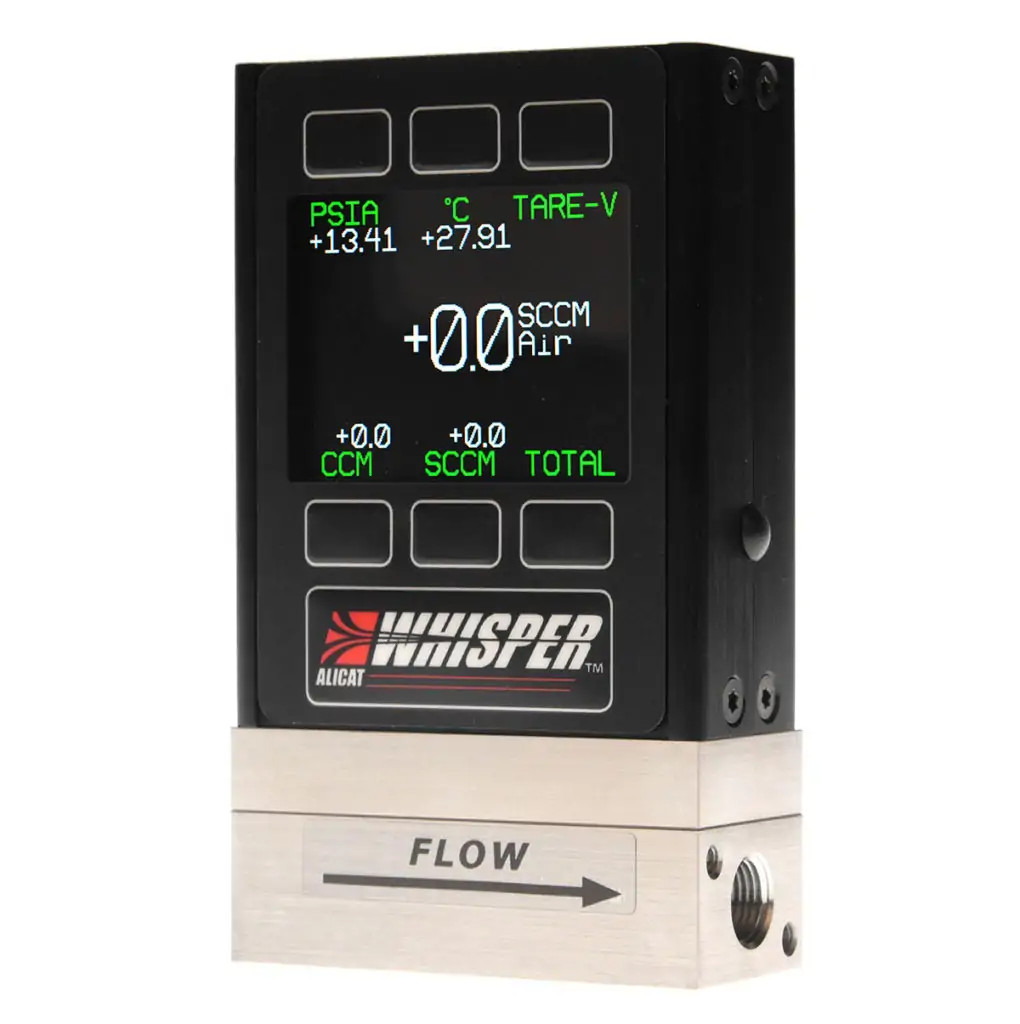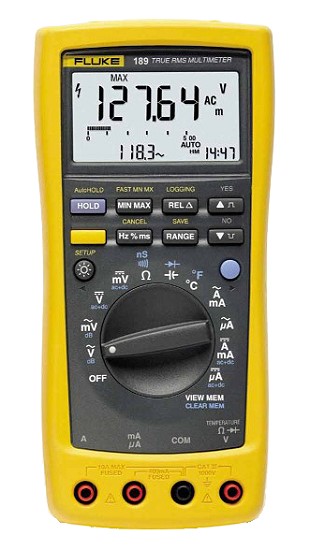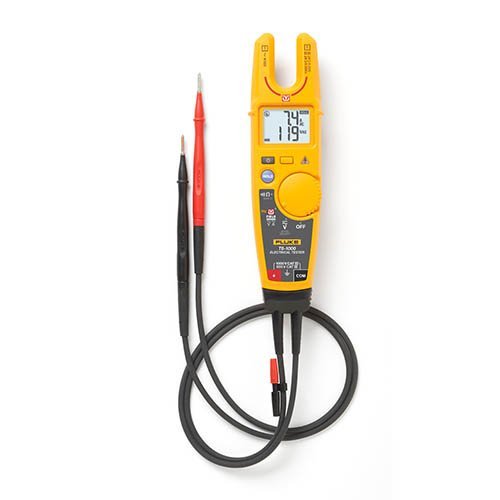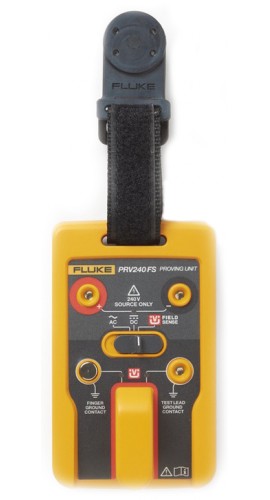Flow calibration is an essential process that ensures the accuracy and reliability of flow measurement devices used in a variety of industrial and scientific applications. Flow measurement devices, such as flow meters, are used to measure the rate of fluid flow in pipes, tubes, and channels. The accuracy of these devices is crucial, as even small measurement errors can lead to significant process inefficiencies and financial losses. In this article, we will discuss the importance of flow calibration and the consequences of using uncalibrated flow measurement devices.
What is Flow Calibration?
Flow calibration is the process of determining the accuracy of flow measurement devices, such as flow meters. Calibration involves comparing the measured flow rate of a device with the actual flow rate to determine any measurement errors. Flow calibration can be carried out in a controlled laboratory environment or in-situ at the point of use.
The Importance of Flow Calibration
Flow calibration is essential in ensuring the accuracy and reliability of flow measurement devices. The following are some of the reasons why flow calibration is important:
- Process Efficiency: Accurate flow measurement is essential in ensuring optimal process efficiency. Flow calibration ensures that flow measurement devices accurately measure the flow rate of fluids, enabling process parameters to be adjusted for optimal performance.
- Cost Savings: Accurate flow measurement enables efficient use of resources such as energy, water, and chemicals. Calibration ensures that measurement devices are operating correctly, reducing the risk of errors, and improving efficiency, thereby reducing costs.
- Compliance with Standards: Accurate flow measurement is often a legal requirement, and failure to comply can lead to legal consequences. Flow calibration ensures that measurement devices comply with regulatory standards and guidelines, reducing the risk of legal consequences.
- Data Accuracy: Accurate flow measurement is essential in scientific research, where data accuracy is crucial. Flow calibration ensures that measurement devices are accurate, enabling accurate and reliable data to be collected.
- Equipment Longevity: Flow calibration can identify measurement errors before they cause damage to equipment. Accurate flow measurement ensures that equipment operates at optimal levels, extending its lifespan.
Consequences of Using Uncalibrated Flow Measurement Devices
The use of uncalibrated flow measurement devices can have significant consequences, including:
- Inaccurate Data: Uncalibrated flow measurement devices can lead to inaccurate flow rate measurements, compromising data accuracy and reliability.
- Process Inefficiencies: Incorrect flow measurements can lead to process inefficiencies, resulting in the wastage of resources such as energy, water, and chemicals, leading to higher costs.
- Legal Consequences: Failure to comply with regulatory standards and guidelines can lead to legal consequences, including fines and legal action.
- Equipment Damage: Inaccurate flow measurements can cause damage to equipment, leading to costly repairs and replacements.
Conclusion
In conclusion, flow calibration is a crucial process that ensures the accuracy and reliability of flow measurement devices. Calibration ensures that flow measurement devices operate correctly, complying with regulatory standards and guidelines, reducing the risk of errors, and improving efficiency, thereby reducing costs. The use of uncalibrated flow measurement devices can lead to inaccurate data, process inefficiencies, legal consequences, and equipment damage. Regular flow calibration is essential in maintaining accurate flow measurement, ensuring optimal process efficiency, and reducing costs.




